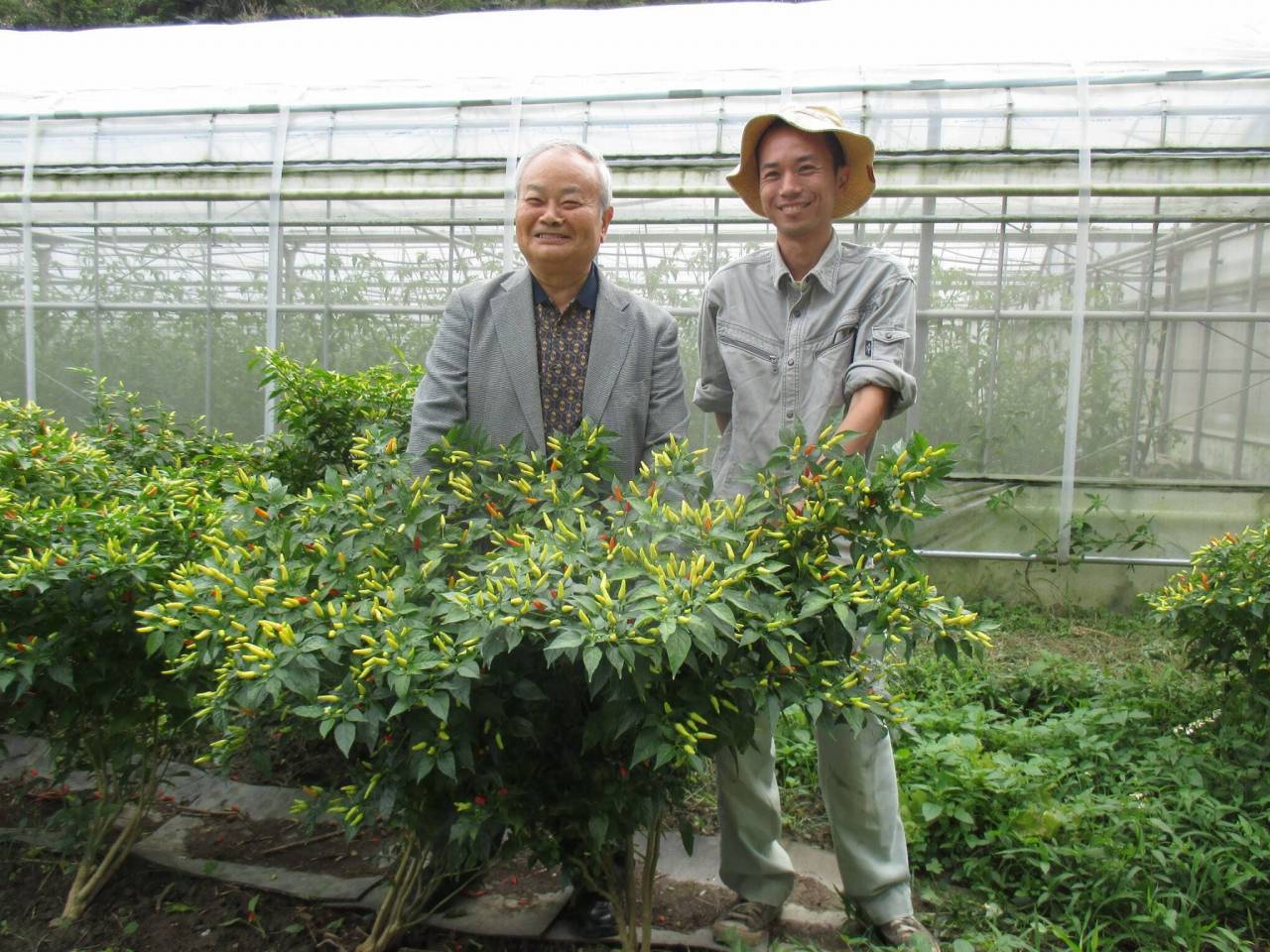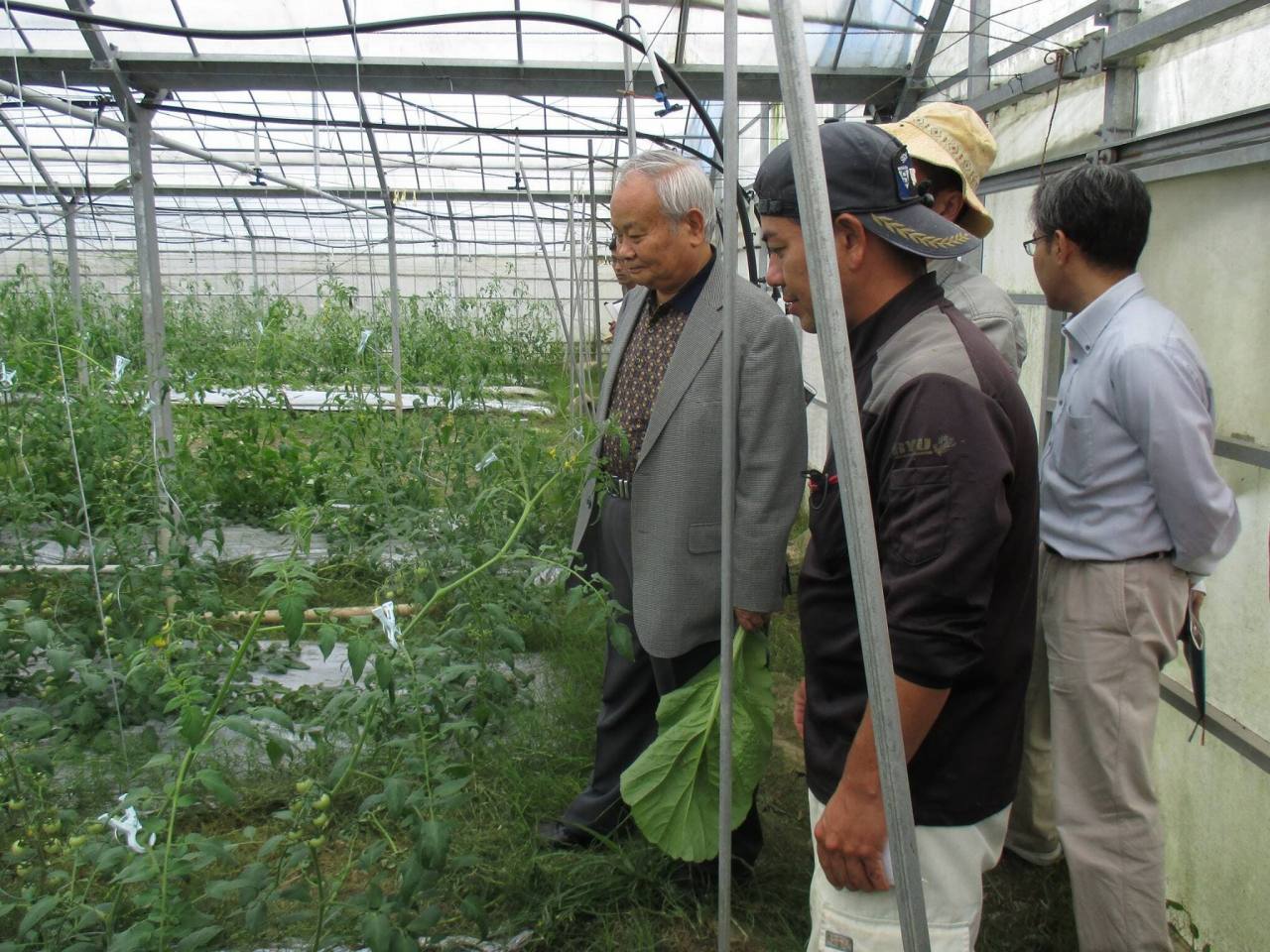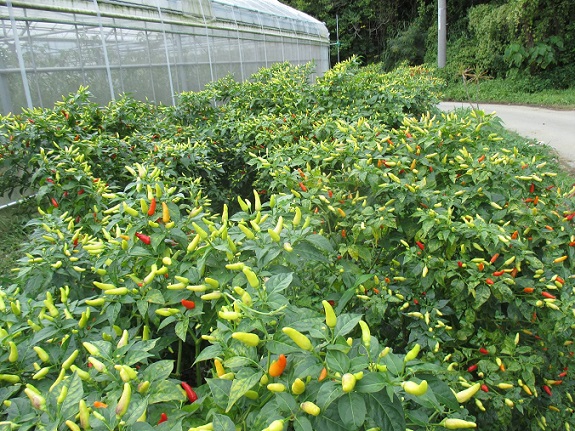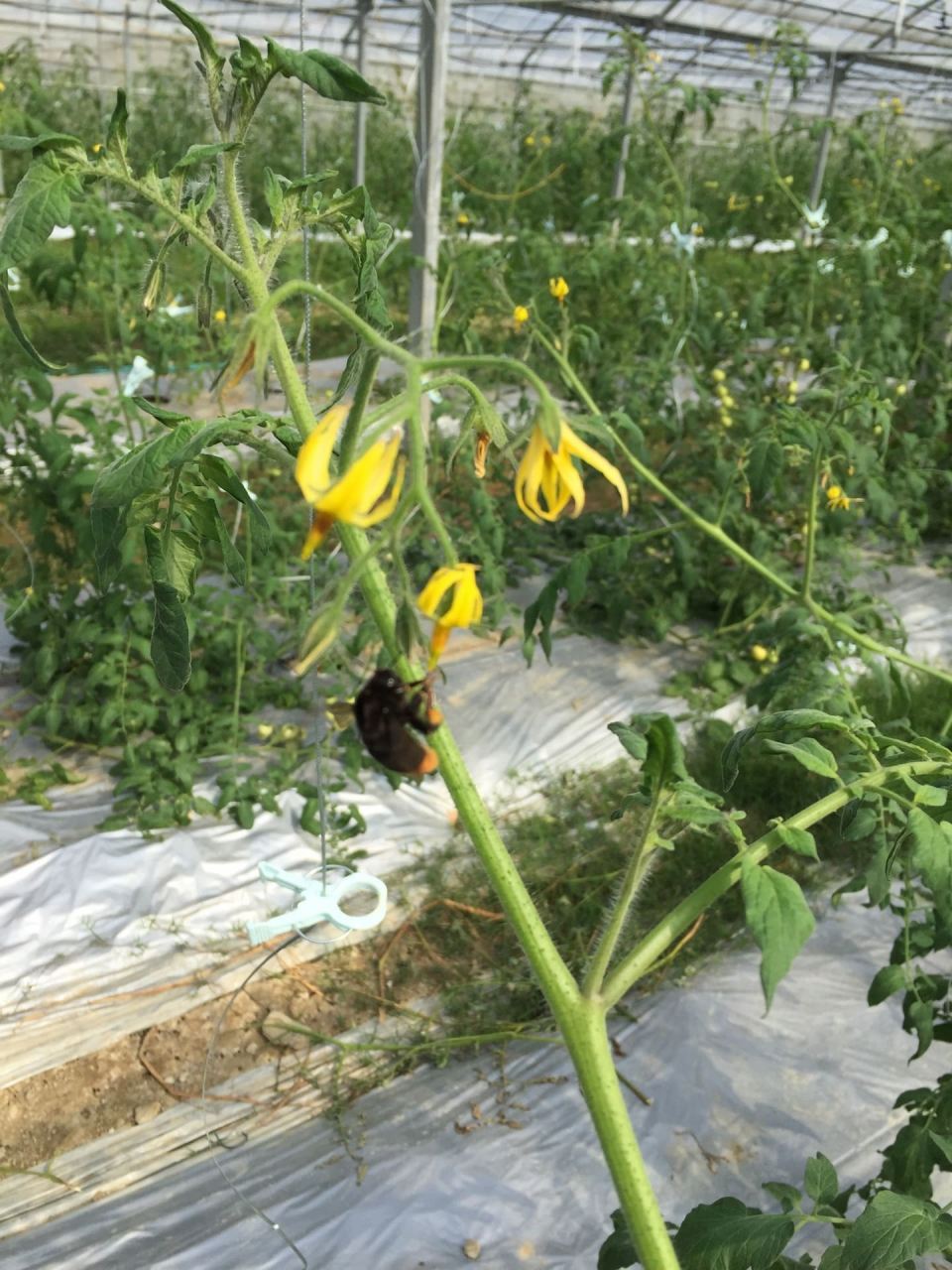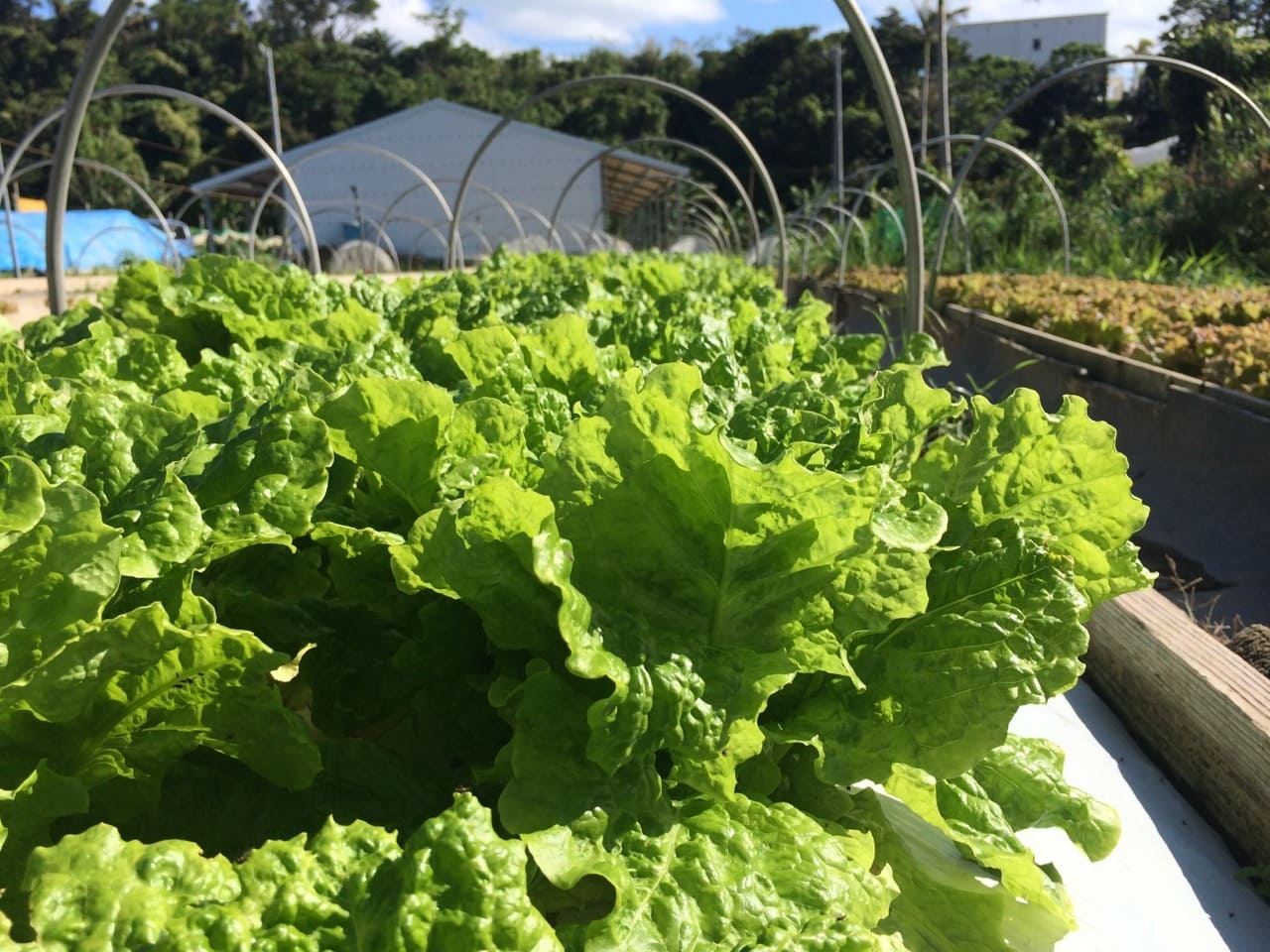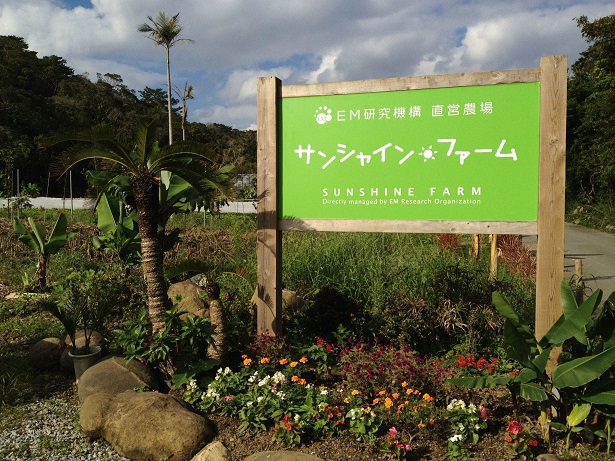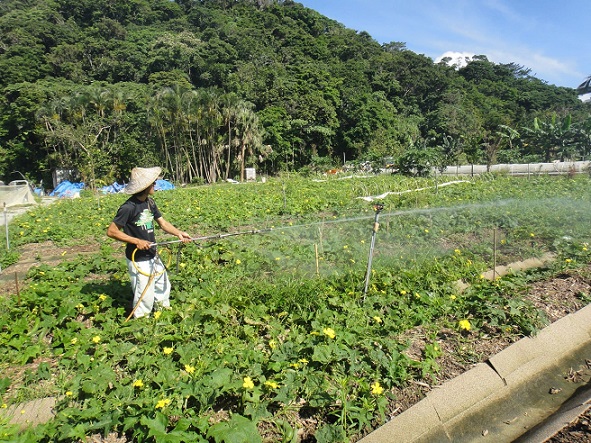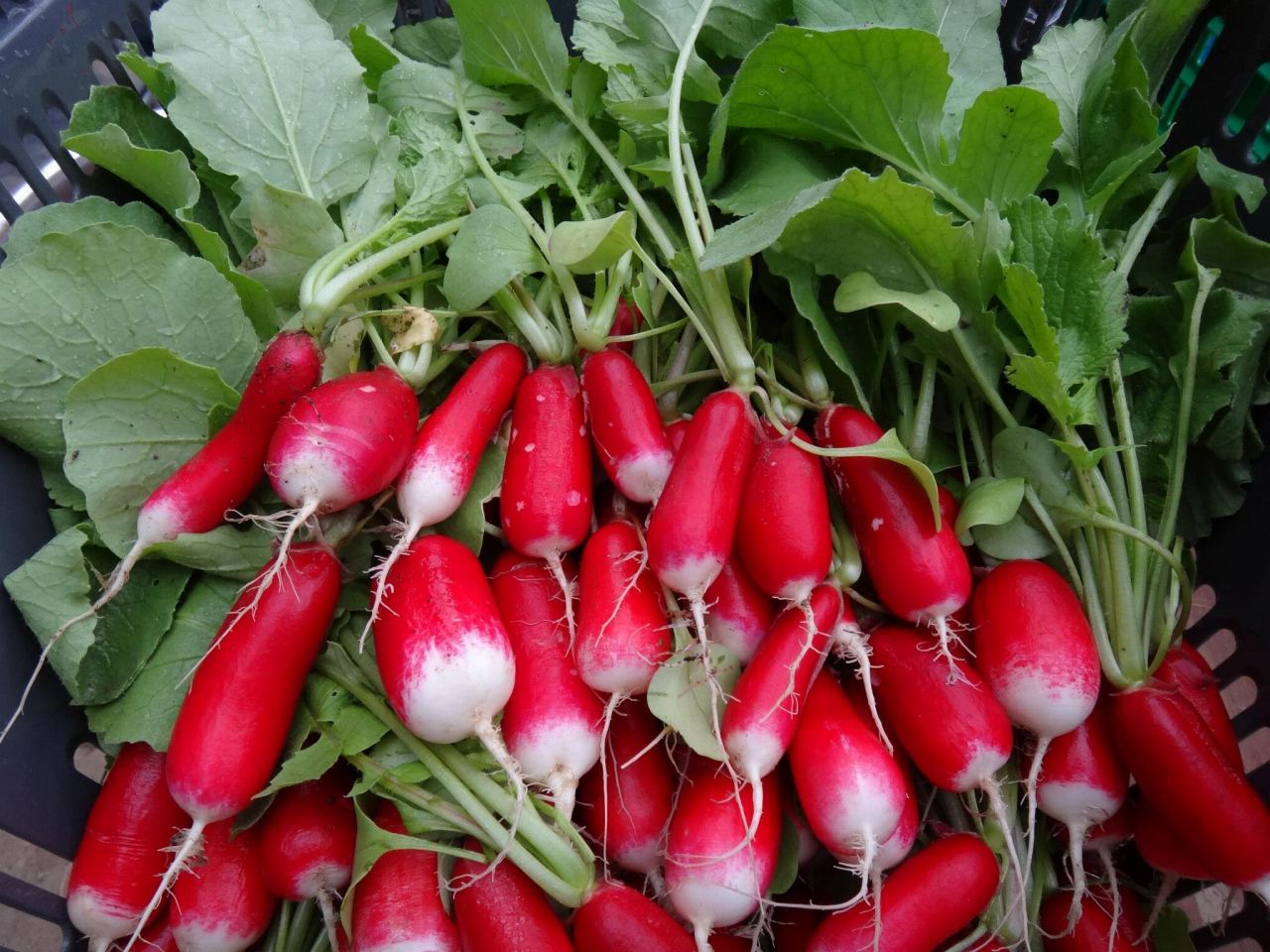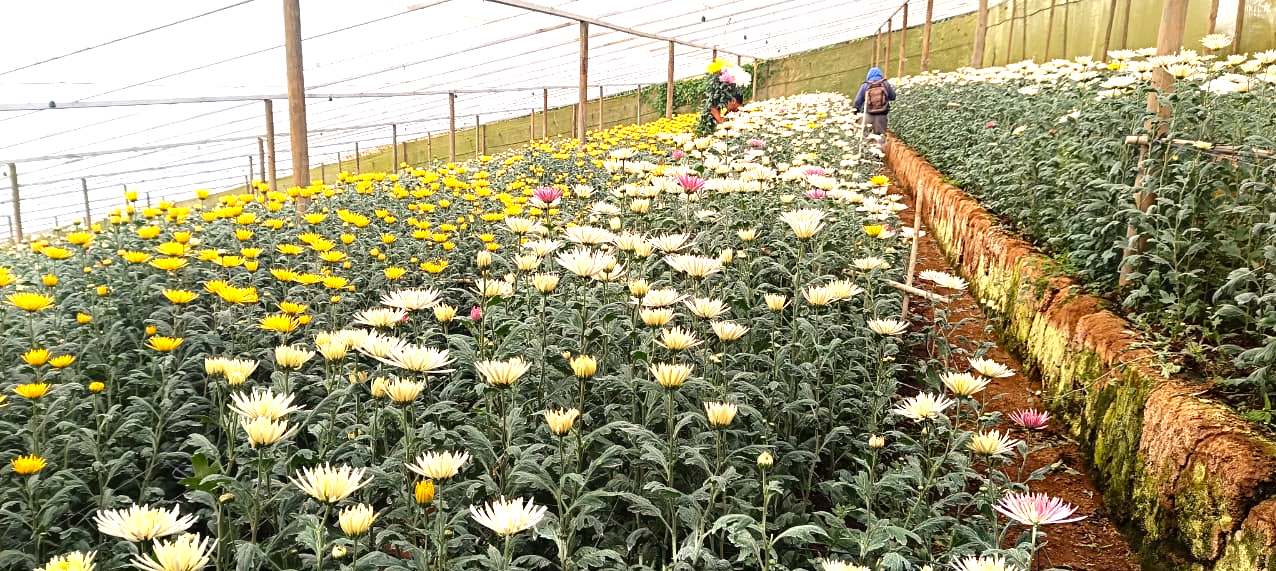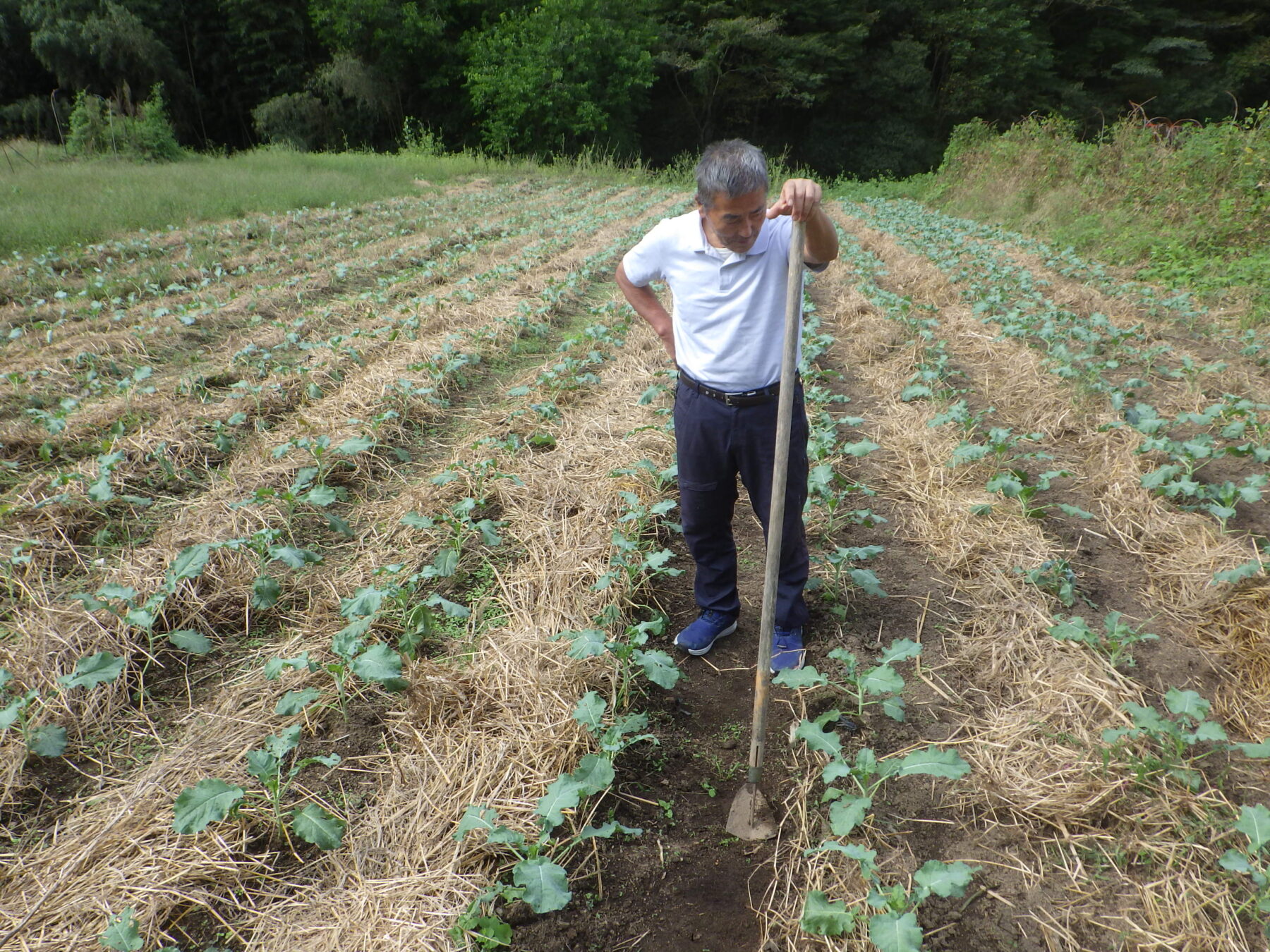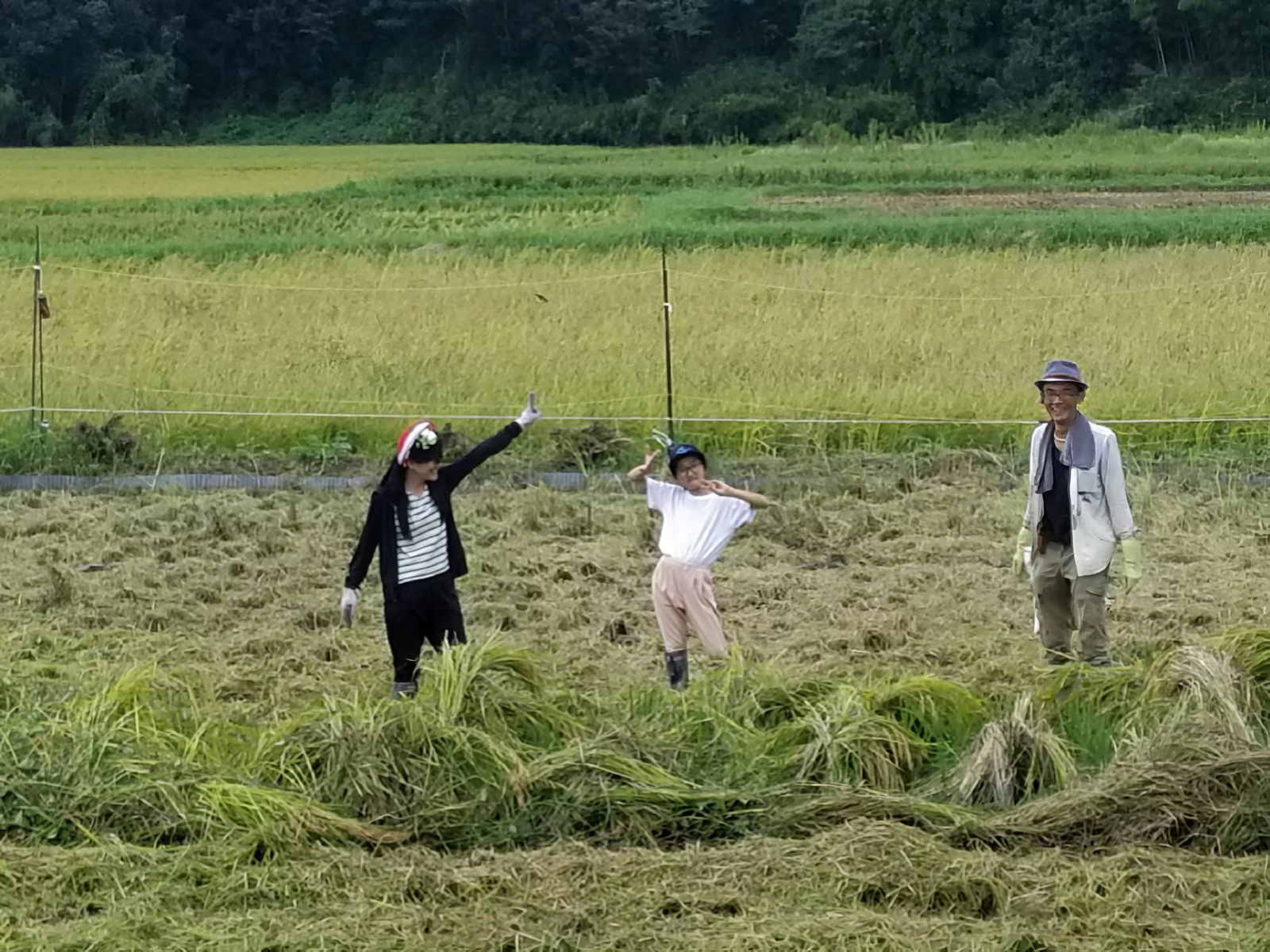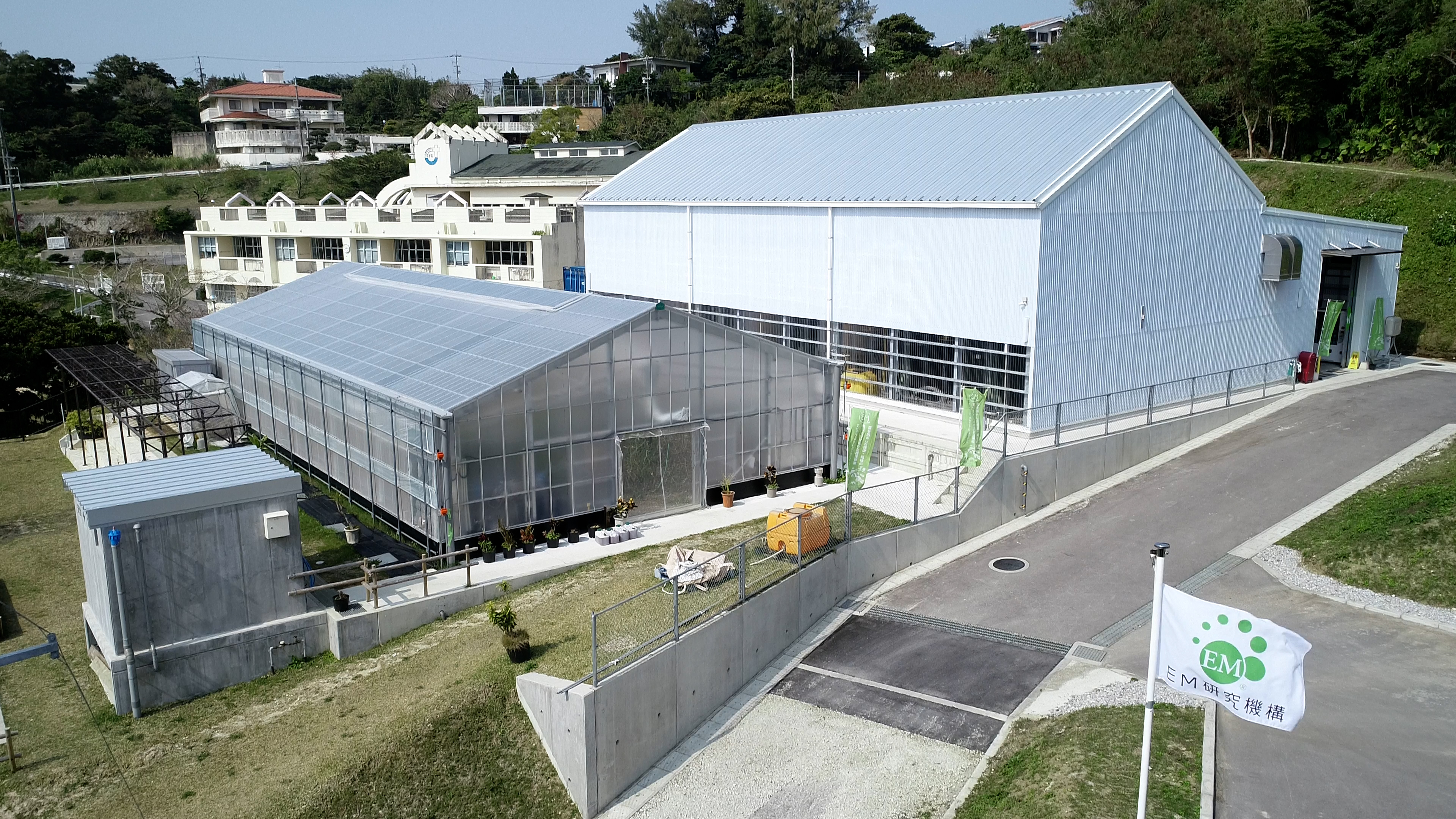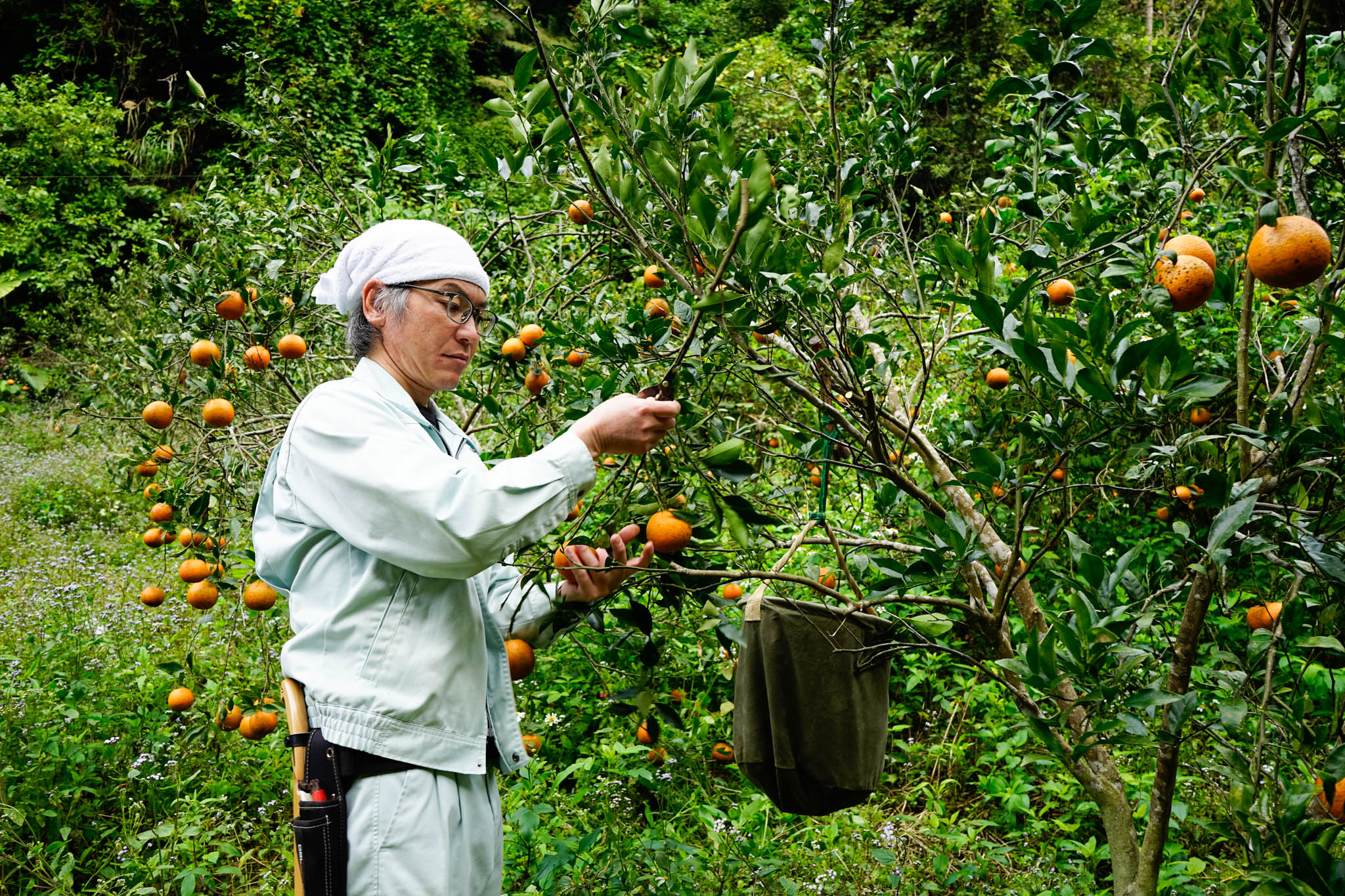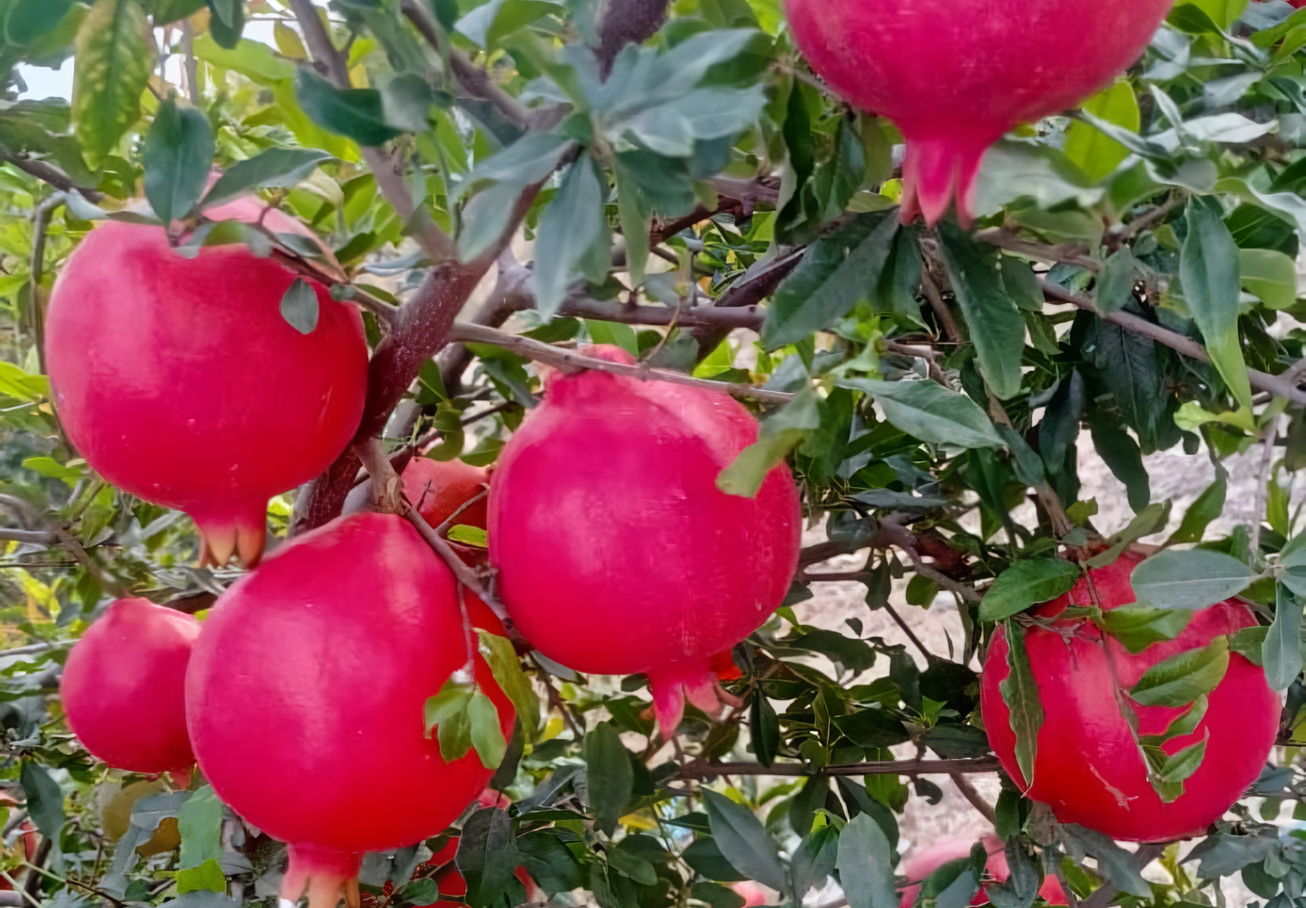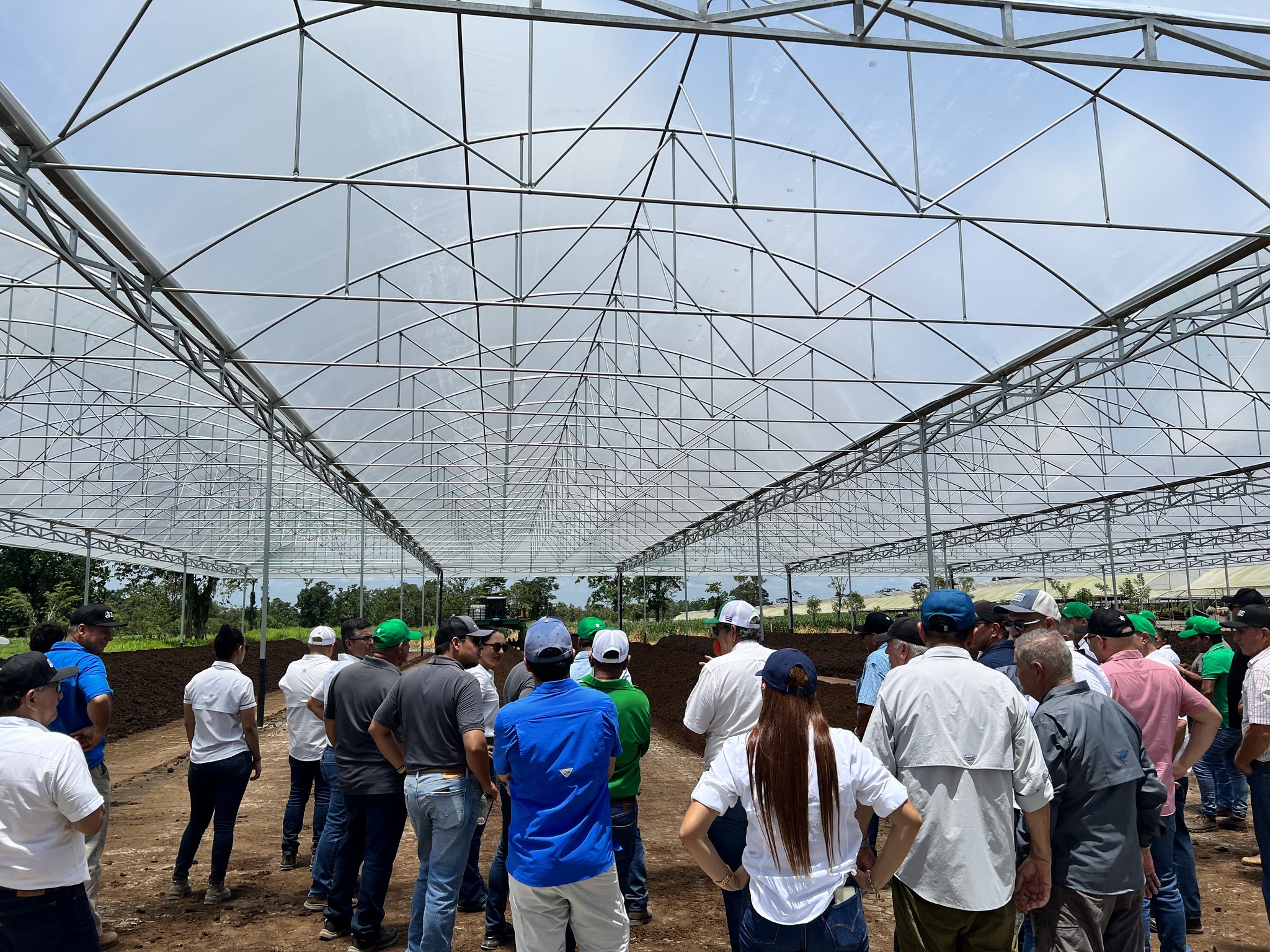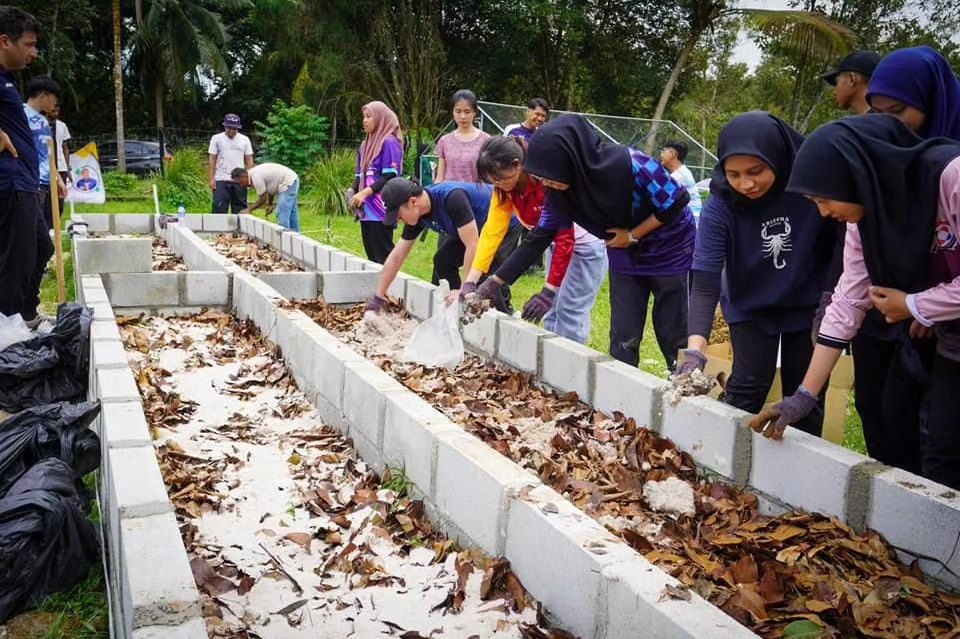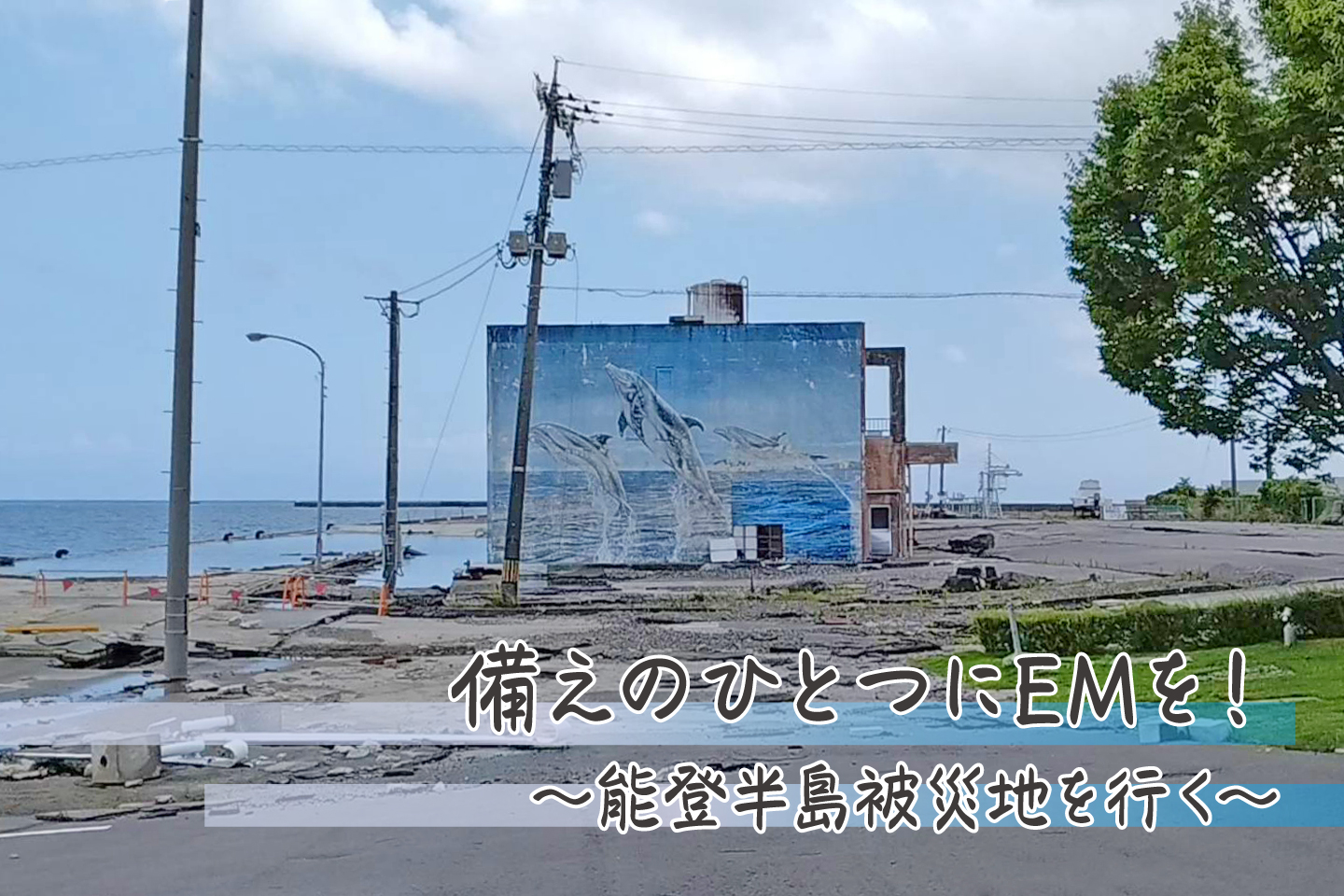Case Studies
100% Natural and Sustainable Farm
JapanEM Sunshine Farm was naturally, an abandoned land where a big amount of concrete debris and waste materials spoiled the land soil. Located in a valley where the retention of water is extremely high, this farmland is not suitable for farming.However, in 2011 EMRO has started managing this wastelandto convert it into a totally no chemical use natural farm with the application of EM Technology.
The total area covers approximately 1.65Ha. EM Sunshine Farm distinguished from conventional farms for using kitchen waste produced at the EM Wellness Resort Costa Vista Okinawa Hotel& SPA (EM Hotel) restaurantfor recycling and used as feed for chicken farming and also used as natural fertilizer.Moreover, eggs and vegetables harvested here are distributed to the EM hotel restaurant and making possible an eco-friendly sustainablesystem within the farm and EM hotel.
The total area covers approximately 1.65Ha. EM Sunshine Farm distinguished from conventional farms for using kitchen waste produced at the EM Wellness Resort Costa Vista Okinawa Hotel& SPA (EM Hotel) restaurantfor recycling and used as feed for chicken farming and also used as natural fertilizer.Moreover, eggs and vegetables harvested here are distributed to the EM hotel restaurant and making possible an eco-friendly sustainablesystem within the farm and EM hotel.

One Day at the Farm
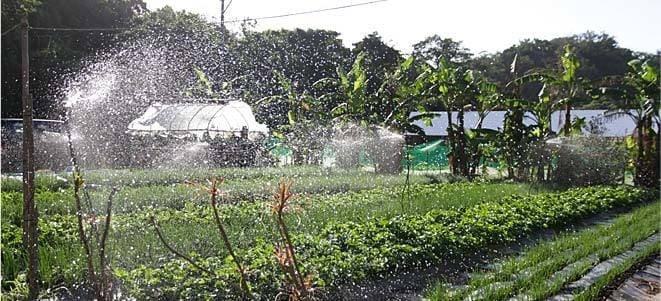
Preparing EM Solution for Irrigation
The day starts early at 6:30 a.m. when the staff stocking Activated EM・1 (AEM) to the tank for use during the day throughout all the farm. It is always fresh AEM.
They diluted the AEM in a ratio of 50-100 times in water.
If the kitchen waste from the EM hotel contains mainly pineapple, they put into AEM or AEM made from sea water for two weeks. Pineapple has strong antioxidants and fermentation power, so they can get a higher quality AEM.
They are using approximately 2 tons of AEM and one ton of AEM sea water per week.
Spraying Activated EM・1
AEM is sprayed by sprinklers every day. This operation improves the farm environment in general and vegetables grow healthy and taste milder. For leaf spraying, AEM promotesthe beneficial microorganisms existing in the environment and improves the microorganism on the leaves of plants. There are much of aerobic bacteria like actinomycete (bacteria that produces antibiotics) that fight against harmful bacteria that cause disease and also prevent pests. When they make AEM, they are using seawater that is rich in minerals. This AEM sea water, as they called it, acts as a spreading agent that fits well with leaves. EM Sunshine Farm mix EM・1 and molasses 3% and add sea water carried from the closest seacoast. The AEM obtained is diluted in a ratio of 50:1 and applied twice a week during the morning using sprinklers. If there is no seawater available, it can be substituted for a mix preparation of 10L of water, 350g of salt and 100ml of brine. Using AEM continuously, microorganisms remain fixed in the soil and plants, helping to keep the biodiversity of microorganisms stable to supply nutrients to every part of the soil. Therefore, cultivation of products is possible all the year around.
Nursing Soil
EM Sunshine farm prepares the soil disseminating rice bran first, spraying AEM and leave it for aerobic fermentation. When some mycelia appears (takes around 3-4 days in summer and 1 week in winter) they
plow and leave it for another 1 week to blend out before planting.
It is also effective to make EM Bokashi first and then apply to the soil, but applying rice bran and AEM directly to the soil, saves time and space.
Rice Bran Liquid Fertilizer
In a 500L tank, they put 100kg of EM Bokashi in a mesh bag and add AEM sea water. They rub into the water sea protein fertilizer (a solution made with fish entrails that contains abundant nitrogen) and add 100L
of sea protein and leave for 2-3 weeks for fermentation. If there is pineapple they also introduce into the mixture.
This fermented solution is diluted in a ratio of 50-60 times in water and applied through drip tubing irrigation. To avoid clog of tubes due to the presence of rice bran, they filter again before going to the drip tubes.
The day starts early at 6:30 a.m. when the staff stocking Activated EM・1 (AEM) to the tank for use during the day throughout all the farm. It is always fresh AEM.
They diluted the AEM in a ratio of 50-100 times in water.
If the kitchen waste from the EM hotel contains mainly pineapple, they put into AEM or AEM made from sea water for two weeks. Pineapple has strong antioxidants and fermentation power, so they can get a higher quality AEM.
They are using approximately 2 tons of AEM and one ton of AEM sea water per week.
Spraying Activated EM・1
AEM is sprayed by sprinklers every day. This operation improves the farm environment in general and vegetables grow healthy and taste milder. For leaf spraying, AEM promotesthe beneficial microorganisms existing in the environment and improves the microorganism on the leaves of plants. There are much of aerobic bacteria like actinomycete (bacteria that produces antibiotics) that fight against harmful bacteria that cause disease and also prevent pests. When they make AEM, they are using seawater that is rich in minerals. This AEM sea water, as they called it, acts as a spreading agent that fits well with leaves. EM Sunshine Farm mix EM・1 and molasses 3% and add sea water carried from the closest seacoast. The AEM obtained is diluted in a ratio of 50:1 and applied twice a week during the morning using sprinklers. If there is no seawater available, it can be substituted for a mix preparation of 10L of water, 350g of salt and 100ml of brine. Using AEM continuously, microorganisms remain fixed in the soil and plants, helping to keep the biodiversity of microorganisms stable to supply nutrients to every part of the soil. Therefore, cultivation of products is possible all the year around.
Nursing Soil
EM Sunshine farm prepares the soil disseminating rice bran first, spraying AEM and leave it for aerobic fermentation. When some mycelia appears (takes around 3-4 days in summer and 1 week in winter) they
plow and leave it for another 1 week to blend out before planting.
It is also effective to make EM Bokashi first and then apply to the soil, but applying rice bran and AEM directly to the soil, saves time and space.
Rice Bran Liquid Fertilizer
In a 500L tank, they put 100kg of EM Bokashi in a mesh bag and add AEM sea water. They rub into the water sea protein fertilizer (a solution made with fish entrails that contains abundant nitrogen) and add 100L
of sea protein and leave for 2-3 weeks for fermentation. If there is pineapple they also introduce into the mixture.
This fermented solution is diluted in a ratio of 50-60 times in water and applied through drip tubing irrigation. To avoid clog of tubes due to the presence of rice bran, they filter again before going to the drip tubes.
Chicken layer and EM Compost
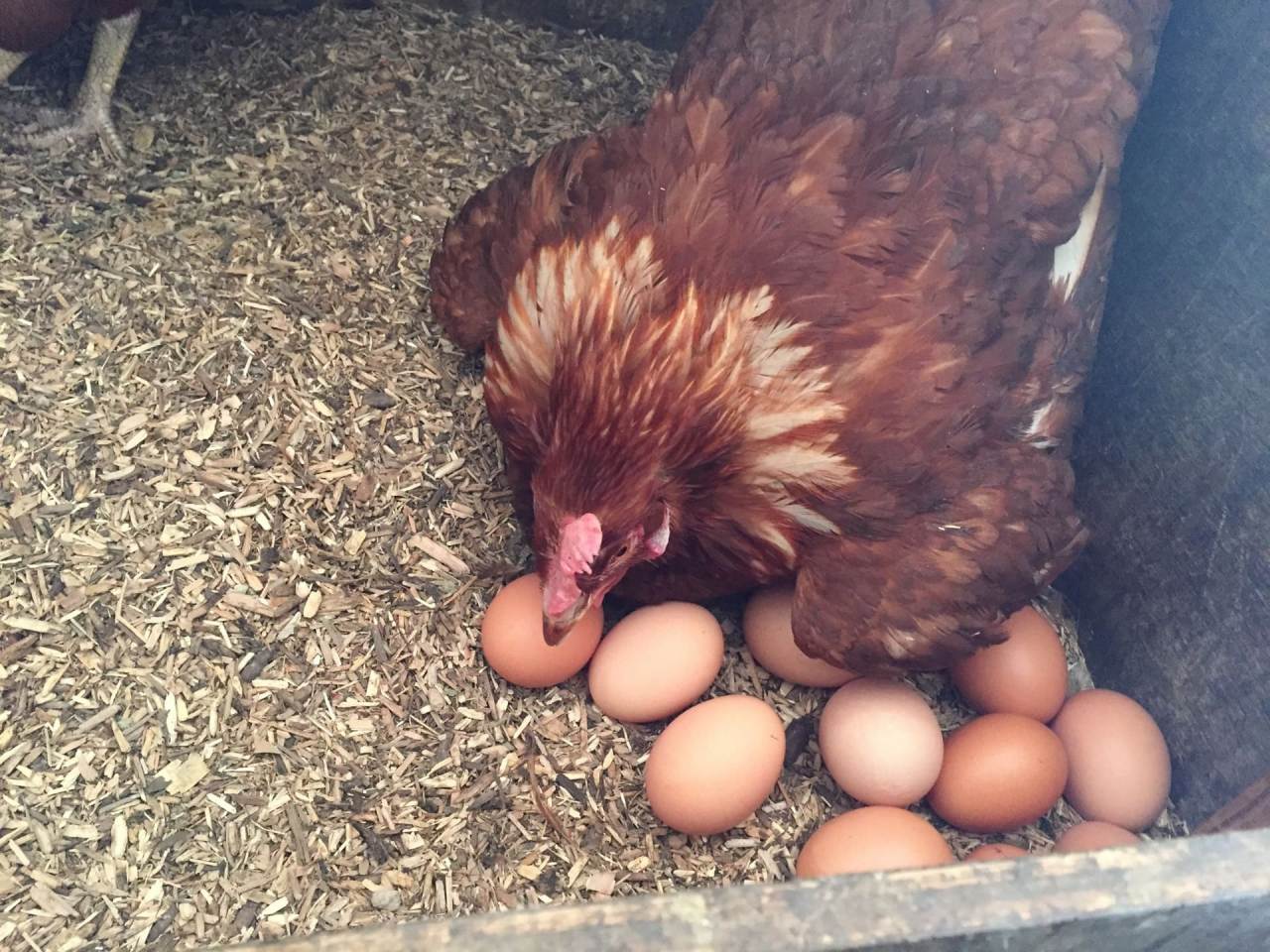
Chicken Manure Liquid Fertilizer
In a 200L tank filled of AEM sea water, the staff introduce 4L of molasses and 30 Kg of chicken manure in a bag net and leave it for 2 weeks for fermentation. They fix the bag pressing it under bricks.
After 2 weeks, the solution is filtered, diluted in a ratio of 40 times in water and utilized as fertilizer through the irrigation tubes.
Growing Layer Chicken
There are approximately 1200 Hy-Line Brown layer chicken that produce about 900 eggs per day. Density of animals in the house is approximately double of a conventional farm and the egg laying rate is steady 75%-80%. As they are fed with EM Bokashi and AEM, they are healthy and no antibiotics nor disinfectants are needed.
After being washed by an egg washer machine, eggs are carefully checked one by one by hand work
and packed.
Feeding and Drinking
The EM Hotel produced approximately 200kg of kitchen waste every day. 70kg of this waste is macerated in AEM and after 1 week of fermentation, it is used as feed. Chicken are fed with this EM feed and compound feed in a ratio of 50:50.
Compound feed is mixed with corn, egg yolk, paprika and 10% of EM Bokashi (made of rice bran, fish powder, oil cake plus 20%-30% of AEM).
They also chopped residues of harvested vegetables and use to feed chickens.
Drinking water is made of AEM diluted in a ratio of 100:1 in water.
Chicken Manure Compost
As chicken is fed with EM fermented feed, they have healthy digestion and manure has little ammonia smell. Due to the small production of ammonia, iron stick of house do not oxidize easily and the chicken house improves in durability.
As for the chicken bed, this is made of sawdust and the staff spray 40L-80L of AEM directly to the bed monthly.
Further, they spray 3L of AEM diluted in a ratio of 3:1 to every corner of the house and nest box monthly. As they are using EM Technology in the bed, house and feeding, it is not necessary to remove chicken manure because it does not smell bad. Moreover, they get a high quality chicken manure compost.
Making Compost from Kitchen Waste
Collected kitchen waste from the EM hotel restaurant is also used to make compost depending on the season.
The staff first spread sawdust evenly on the field, then put on the waste uniformly and spray with AEM evenly. They mix it using a tiller to plow the soil while crushing the waste.
After 3-4 days of leaving for fermentation, they add another layer of waste and repeat the process of spray AEM and plow. To avoid attracting feral dogs, they cover the area with nets and with plastic sheets during rainy season to promote fermentation process avoiding spoiling the compost.
There are 2 compost fields so they can alternate the process of composting.
Compost is ready to use after 3-4 days during summer and after 1-2 weeks during winter.
In a 200L tank filled of AEM sea water, the staff introduce 4L of molasses and 30 Kg of chicken manure in a bag net and leave it for 2 weeks for fermentation. They fix the bag pressing it under bricks.
After 2 weeks, the solution is filtered, diluted in a ratio of 40 times in water and utilized as fertilizer through the irrigation tubes.
Growing Layer Chicken
There are approximately 1200 Hy-Line Brown layer chicken that produce about 900 eggs per day. Density of animals in the house is approximately double of a conventional farm and the egg laying rate is steady 75%-80%. As they are fed with EM Bokashi and AEM, they are healthy and no antibiotics nor disinfectants are needed.
After being washed by an egg washer machine, eggs are carefully checked one by one by hand work
and packed.
Feeding and Drinking
The EM Hotel produced approximately 200kg of kitchen waste every day. 70kg of this waste is macerated in AEM and after 1 week of fermentation, it is used as feed. Chicken are fed with this EM feed and compound feed in a ratio of 50:50.
Compound feed is mixed with corn, egg yolk, paprika and 10% of EM Bokashi (made of rice bran, fish powder, oil cake plus 20%-30% of AEM).
They also chopped residues of harvested vegetables and use to feed chickens.
Drinking water is made of AEM diluted in a ratio of 100:1 in water.
Chicken Manure Compost
As chicken is fed with EM fermented feed, they have healthy digestion and manure has little ammonia smell. Due to the small production of ammonia, iron stick of house do not oxidize easily and the chicken house improves in durability.
As for the chicken bed, this is made of sawdust and the staff spray 40L-80L of AEM directly to the bed monthly.
Further, they spray 3L of AEM diluted in a ratio of 3:1 to every corner of the house and nest box monthly. As they are using EM Technology in the bed, house and feeding, it is not necessary to remove chicken manure because it does not smell bad. Moreover, they get a high quality chicken manure compost.
Making Compost from Kitchen Waste
Collected kitchen waste from the EM hotel restaurant is also used to make compost depending on the season.
The staff first spread sawdust evenly on the field, then put on the waste uniformly and spray with AEM evenly. They mix it using a tiller to plow the soil while crushing the waste.
After 3-4 days of leaving for fermentation, they add another layer of waste and repeat the process of spray AEM and plow. To avoid attracting feral dogs, they cover the area with nets and with plastic sheets during rainy season to promote fermentation process avoiding spoiling the compost.
There are 2 compost fields so they can alternate the process of composting.
Compost is ready to use after 3-4 days during summer and after 1-2 weeks during winter.
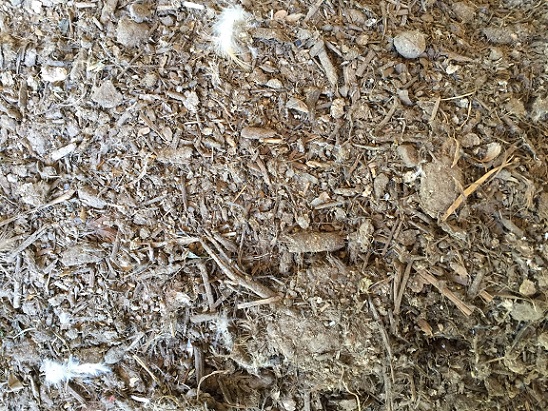
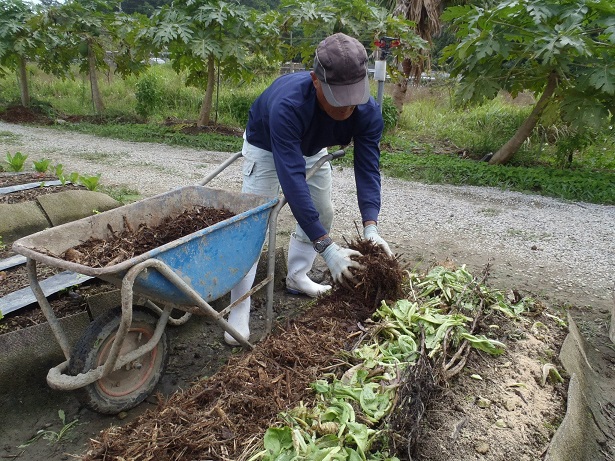
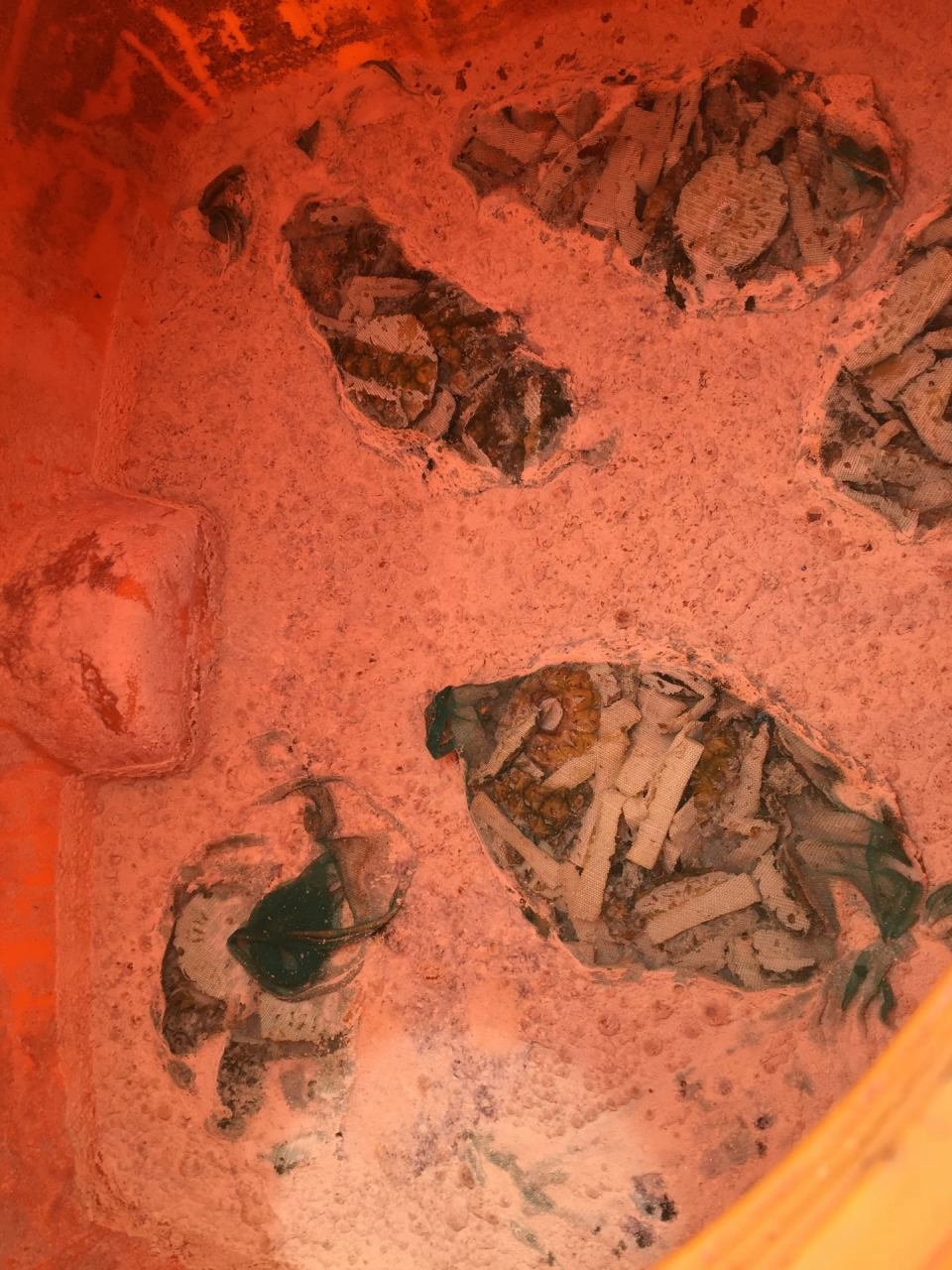
Other Highlights
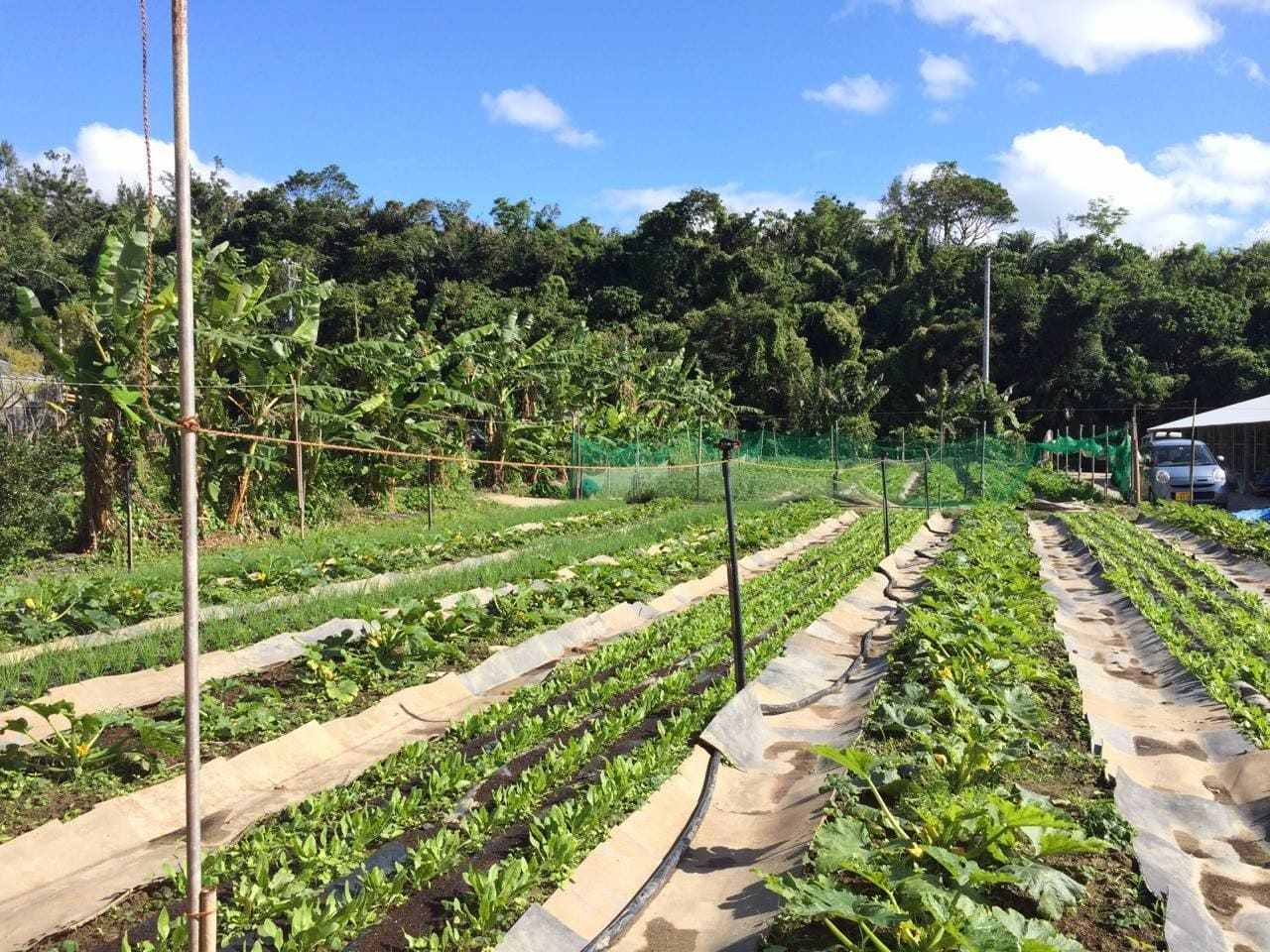
Mix Culture
Each plant has a different rhizosphere microbes so planting in mix culture way, brings biodiversity to the soil environment preventing diseases.
Thanks to the mix culture cultivating, it is possible to harvest different vegetables in the same area.
Green House Cultivation
Planting in a green house is good to protect from drastic weather changes and harmful insects. However, it is difficult to pollinate, so at EM Sunshine Farm they grow bumblebees and use as pollinators.
Vegetables like tomato, eggplant, green pepper, zucchini, bitter cucumber, black eyed pea, green onion, Japanese mustard spinach and passion fruit are grown in houses.
Rotation
Crop plants grow taking nutrients from the soil so the naturally, the soil loose its qualities of nutrients.
However, leguminous vegetables take nitrogen from the air and grab into the soil, making the soil fertile. While growing other vegetables, it is productive to plant leguminous vegetables that enrich the soil and help to improve the microbiome.
Walkways
Old pieces of recycled carpet from the EM hotel are placed within the line mulch to make easier the access even during heavy rainy days.
Dr. Higa’s Guidance
Dr. Higa visits the farm periodically to instruct the staff and improve the farm.
Each plant has a different rhizosphere microbes so planting in mix culture way, brings biodiversity to the soil environment preventing diseases.
Thanks to the mix culture cultivating, it is possible to harvest different vegetables in the same area.
Green House Cultivation
Planting in a green house is good to protect from drastic weather changes and harmful insects. However, it is difficult to pollinate, so at EM Sunshine Farm they grow bumblebees and use as pollinators.
Vegetables like tomato, eggplant, green pepper, zucchini, bitter cucumber, black eyed pea, green onion, Japanese mustard spinach and passion fruit are grown in houses.
Rotation
Crop plants grow taking nutrients from the soil so the naturally, the soil loose its qualities of nutrients.
However, leguminous vegetables take nitrogen from the air and grab into the soil, making the soil fertile. While growing other vegetables, it is productive to plant leguminous vegetables that enrich the soil and help to improve the microbiome.
Walkways
Old pieces of recycled carpet from the EM hotel are placed within the line mulch to make easier the access even during heavy rainy days.
Dr. Higa’s Guidance
Dr. Higa visits the farm periodically to instruct the staff and improve the farm.
